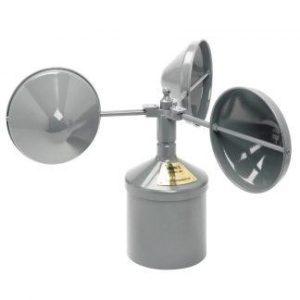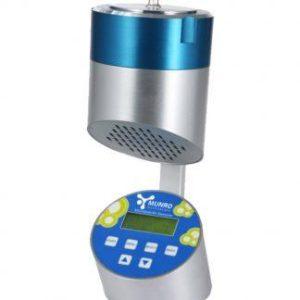Professional meteorological equipment refers to specialized tools designed to measure and monitor atmospheric conditions. These instruments are crucial for obtaining accurate weather data, which is essential for numerous industries and sectors.
The Importance of Accurate Weather Data
Accurate weather information is vital for a multitude of applications, including agriculture, aviation, emergency services, and scientific research. It enables better decision-making, risk management, and contributes to the overall safety and efficiency of various activities.
Types of Professional Meteorological Equipment
Weather Stations
Weather stations are comprehensive systems that collect data on temperature, humidity, wind speed and direction, atmospheric pressure, and precipitation. They are commonly used in agriculture, providing farmers with valuable insights for crop management.
Anemometers
Anemometers measure wind speed and play a crucial role in industries such as aviation, where understanding wind patterns is essential for safe takeoffs and landings.
Barometers
Barometers monitor atmospheric pressure, aiding in short-term weather predictions. This is particularly useful for outdoor events and activities that are sensitive to pressure changes.
Hygrometers
Hygrometers measure humidity levels, providing essential information for industries like manufacturing, where humidity control is critical.
Microbial Air Sampler
A Microbial Air Sampler is a device used to collect and analyze airborne microorganisms present in the environment. The primary purpose of these samplers is to assess the microbial content of the air in various settings, such as pharmaceutical cleanrooms, hospitals, food processing facilities, research laboratories, and other critical environments where maintaining a specific level of air quality is essential.
Air quality sensors
Air quality sensors are devices designed to measure and monitor the concentration of various air pollutants and particulate matter in the atmosphere. These sensors play a crucial role in assessing and ensuring the quality of the air we breathe. They are widely used in environmental monitoring, industrial settings, homes, and smart cities to provide real-time data on air quality.
Temperature and Humidity Transmitters
Temperature and humidity transmitters are devices used to measure and transmit data about temperature and humidity levels in a given environment. These transmitters play a crucial role in various applications, including climate control in buildings, industrial processes, research laboratories, and other settings where maintaining specific environmental conditions is important.
Features and Specifications: What to Look For
Accuracy and Precision
The accuracy and precision of meteorological equipment are paramount. High-quality instruments provide reliable data, ensuring that the information obtained is trustworthy and valuable for decision-making.
Connectivity Options
Modern meteorological equipment often comes with various connectivity options, allowing users to access real-time data remotely. This is particularly beneficial for professionals who need to monitor weather conditions from different locations.
Power Sources
Considering the power source is crucial, especially in remote areas. Some equipment is solar-powered, offering sustainability and independence from electrical grids.
Applications of Professional Meteorological Equipment
Agriculture
Farmers rely on meteorological data to optimize crop yields, manage irrigation, and protect crops from extreme weather events. Weather stations provide valuable insights into temperature, humidity, and precipitation, helping farmers make informed decisions.
Aviation
In the aviation industry, understanding current and forecasted weather conditions is critical for safe operations. Pilots use meteorological information to plan routes, avoid turbulence, and ensure passenger safety.
Research Institutions
Meteorological equipment is extensively used in research institutions to gather data for climate studies, atmospheric research, and environmental monitoring. This data is essential for understanding long-term weather patterns and climate change.
Emergency Services
Emergency services, such as fire departments and disaster response teams, rely on meteorological data to anticipate and respond to natural disasters. Timely and accurate weather information aids in evacuation planning and resource allocation.
Importance of Calibration
Ensuring Data Accuracy
Calibration is a critical aspect of maintaining the accuracy of meteorological instruments. Regular calibration ensures that the equipment provides reliable and precise data over time.
Regular Maintenance Practices
In addition to calibration, regular maintenance practices, such as sensor cleaning and software updates, are essential for the longevity and optimal performance of meteorological equipment.
CONTACT US









